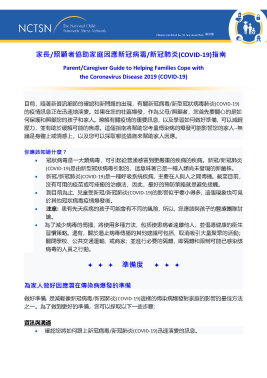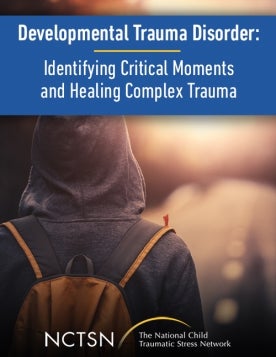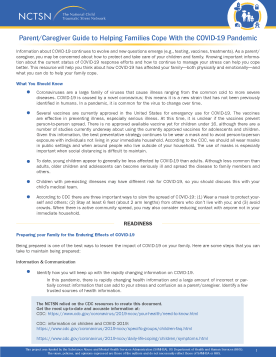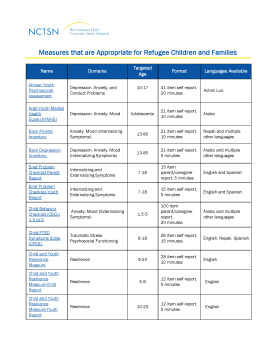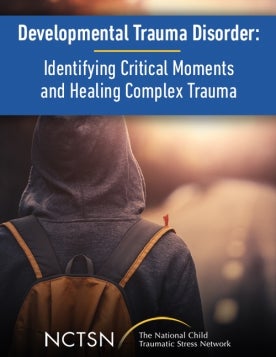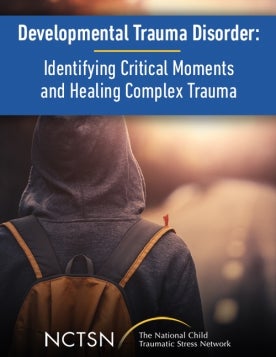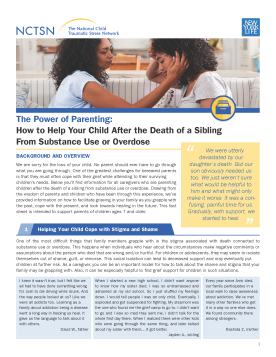
The Power of Parenting: How to Help Your Child After the Death of a Sibling From Substance Use or...
Offers parents and caregivers information to help support their surviving children after a the death of a sibling due to substance use or overdose.


